April 23, 2025 | 08:22 GMT +7
April 23, 2025 | 08:22 GMT +7
Hotline: 0913.378.918
April 23, 2025 | 08:22 GMT +7
Hotline: 0913.378.918
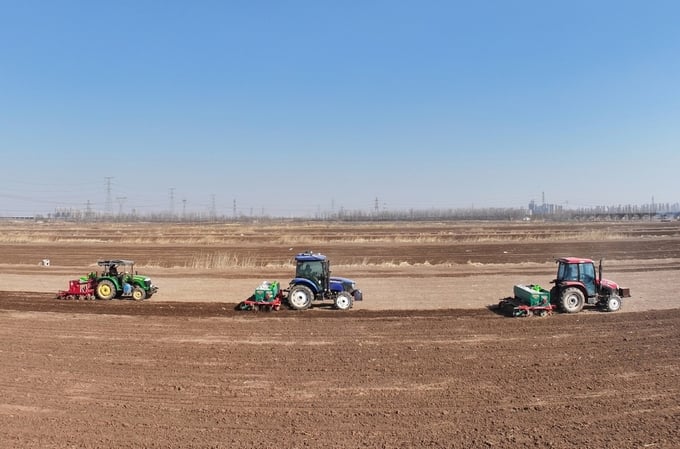
An aerial drone photo taken on Feb 18, 2025 shows a seeder equipped with the Beidou Navigation Satellite System sowing in a field during the day of yu shui (Rain Water), the second of the 24 solar terms in the Chinese calendar, in Shuangkou town, Beichen district, North China's Tianjin municipality. Photo: Xinhua
China's Ministry of Agriculture and Rural Affairs has issued new guidelines outlining 10 key areas for agricultural technology innovation from 2024 to 2028, focusing on breeding new crop varieties, improving arable land quality, developing green and low-carbon agriculture and promoting rural development.
The guidelines call for the development of rapid soil testing technologies to support smart agriculture, alongside a digital soil information system, a multidimensional soil monitoring network, and farmland evaluation and early warning platforms.
Innovation in green and low-carbon agriculture should focus on controlling agricultural non-point source pollution, advancing climate-adaptive farming and promoting ecological circular agriculture, the document states.
"The overall level of China's agricultural science and technology innovation has advanced to the global forefront, with the contribution rate of agricultural science and technology progress surpassing 63 percent," Zhang Xingwang, vice-minister of agriculture and rural affairs, said at a news conference in January.
To improve farmland quality and safeguard food security, efforts will focus on building a robust technology system for farmland conservation and restoring degraded land, including black soil and saline-alkali land.
"In 2024, over 400 million mu (26.67 million hectares) of black soil was restored, and a nationwide 'physical examination' of soil was conducted, with 3.11 million samples collected from 2.87 million sites," Zhang said.
Chen Bangxun, director of the ministry's development and planning department, said China will strengthen the protection and use of arable land and water resources, promote clean agricultural production, launch pilot projects in green and circular farming, and integrate ecological practices into agricultural industries.
The guidelines also call for more technology-driven solutions to improve rural living conditions, develop sustainable rural industries and enhance rural governance.
Modern agricultural and rural development models should be tailored to regional economic conditions in the eastern, central, western and northeastern parts of the country, the document states.
Key digital technologies should be developed to improve rural governance, expand healthcare access and extend agricultural industrial chains. The integration and sharing of information and data should be promoted to accelerate rural digital transformation.
"The key to agricultural modernization lies in the modernization of agricultural science and technology," Zhang said.
"Next, we will enhance the agricultural science and technology innovation system, nurture leading and fast-growing agricultural technology enterprises, accelerate the application of scientific achievements and provide strong technological support for building a strong agricultural nation," he said.
Chinadaily

(VAN) Jiangsu province is gearing up to host training programs in Phnom Penh, the capital of Cambodia, this year to establish the Fish and Rice Corridor.

(VAN) Le Hoang Minh, representing Vinamilk, shared the company's experience in energy saving and green energy transition for production at a workshop held during the P4G Summit.
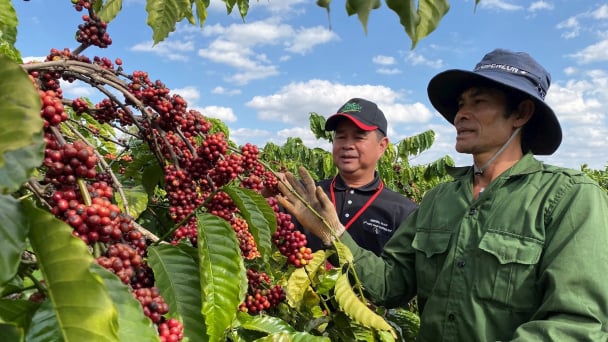
(VAN) Businesses emphasize fairness and equality when integrating social factors into their sustainable development strategies.
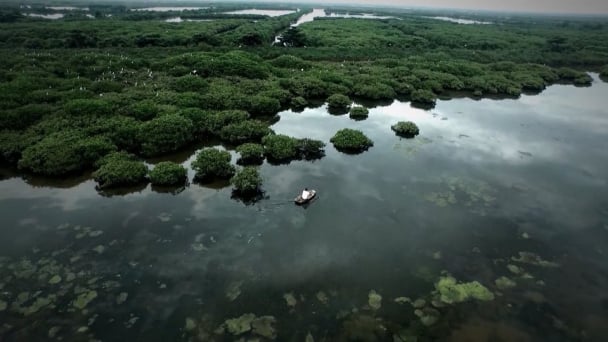
(VAN) French organizations and enterprises propose that Thai Binh province provide potential and long-term cooperation contents related to climate change response and green industrial development.
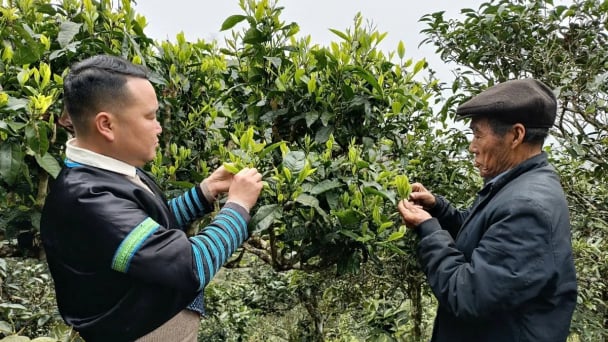
(VAN) Shan Tuyet tea is considered a 'heavenly treasure'. The H'mong people allow the tea to grow naturally, adhering to organic production principles, with the aim of exporting the product.

(VAN) Bayer Vietnam and the National Agricultural Extension Center have signed a partnership agreement to expand the development of effective and safe farming models for rice, durian, and coffee.
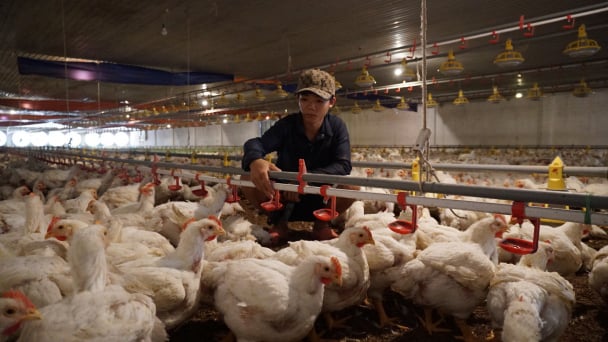
(VAN) Tay Ninh province possesses all the favorable conditions, from natural advantages to geographic location and social harmony, to drive economic development, particularly in attracting investment and advancing modern livestock farming.